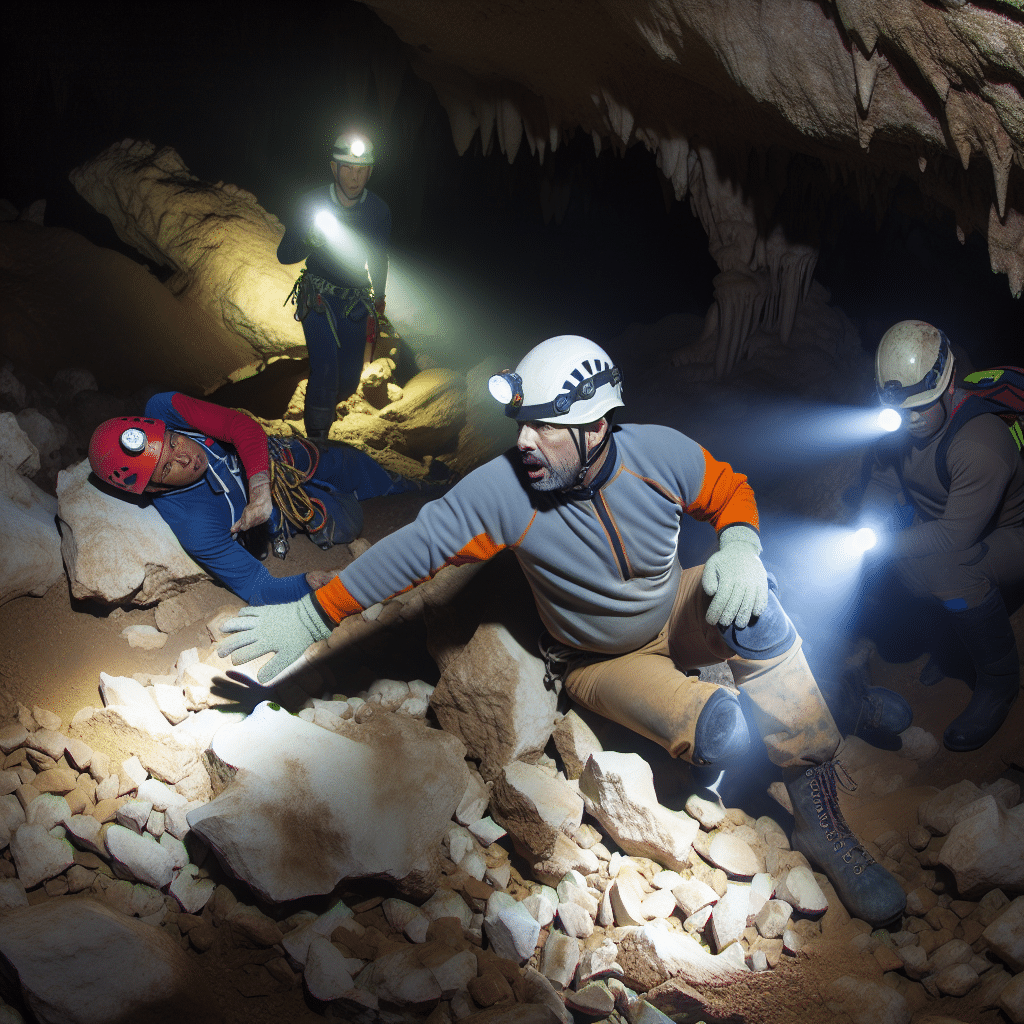Skyrunning – a term that suggests a blend of incredible athleticism, unwavering endurance, and a heady dose of altitude. But what is it exactly? Is it an extreme sport, a novel trend, or a way of life? If you’ve come across the term and found yourself intrigued and yearning for more details, sit tight. This all-encompassing guide will delve into the definition of skyrunning, the athletes who practice it, and the challenges and rewards it provides.
What Exactly Is Skyrunning?
Before we delve into the finer points, let’s answer that burning question: what is skyrunning?
Skyrunning is a sport that takes running to new and extreme heights – literally. It involves racing in mountain environments over technical terrain at altitudes above 2000 meters, where the climbing difficulty does not exceed II° grade. This extreme sport can include races of varying distance and elevation gain, from Vertical Kilometer races to Ultra SkyMarathons. The International Skyrunning Federation (ISF) governs and organizes the sport, maintaining its status as a separate entity from trail running or regular mountain running.
The Origins of Skyrunning
Now that you know the definition, let’s look at the roots of this unique sport. Where did it come from and how has it evolved over time?
Italian mountaineer Marino Giacometti is credited with pioneering skyrunning in the early 1990s. He introduced the sport to the world in a race from sea level to the summit of Monte Rosa (an elevation gain of over 4,000 meters) in Italy. Since then, skyrunning has grown exponentially. Today, it boasts a global following, with the ISF overseeing over 200 races worldwide.
Skyrunning vs. Trail Running – What’s the Difference?
One common question is, ‘How does skyrunning differ from trail running?’ The simple answer lies in the criteria.
While both sports involve running over natural terrain, skyrunning requires races to be at altitudes over 2000 meters, with climbing difficulty not exceeding II° grade. Trail running, on the other hand, does not have specific altitude or climbing difficulty requirements. This essentially means that all skyrunning can be considered trail running, but not all trail running qualifies as skyrunning.
The Challenges and Rewards of Skyrunning
People might wonder, ‘why engage in such an extreme sport?’ The reasons can be as varied as the athletes themselves, but certain common factors stand out.
The Challenges
Skyrunning is, without a doubt, physically demanding. The elevation, technical terrain, and potential weather shifts pose significant challenges. It calls for a high level of fitness, technical skills, acclimatization to altitude, and a strong mental game.
The Rewards
However, the rewards of skyrunning can be profound. Aside from physical strength and endurance, participants often cite the mental benefits, including heightened focus, resilience, and a deep sense of accomplishment. Additionally, skyrunning offers a unique connection with nature, unmatched views from exceptional vantage points, and an incredible sense of community among its participants.
Conclusion: Is Skyrunning for Everyone?
Skyrunning is certainly not for the faint-hearted. It demands physical toughness, mental grit, and a love for heights and nature. But for those that meet these conditions, it offers an unparalleled adventure, a deep connection with the natural world, and a true test of one’s limits. So, are you ready to take running to a whole new height?




